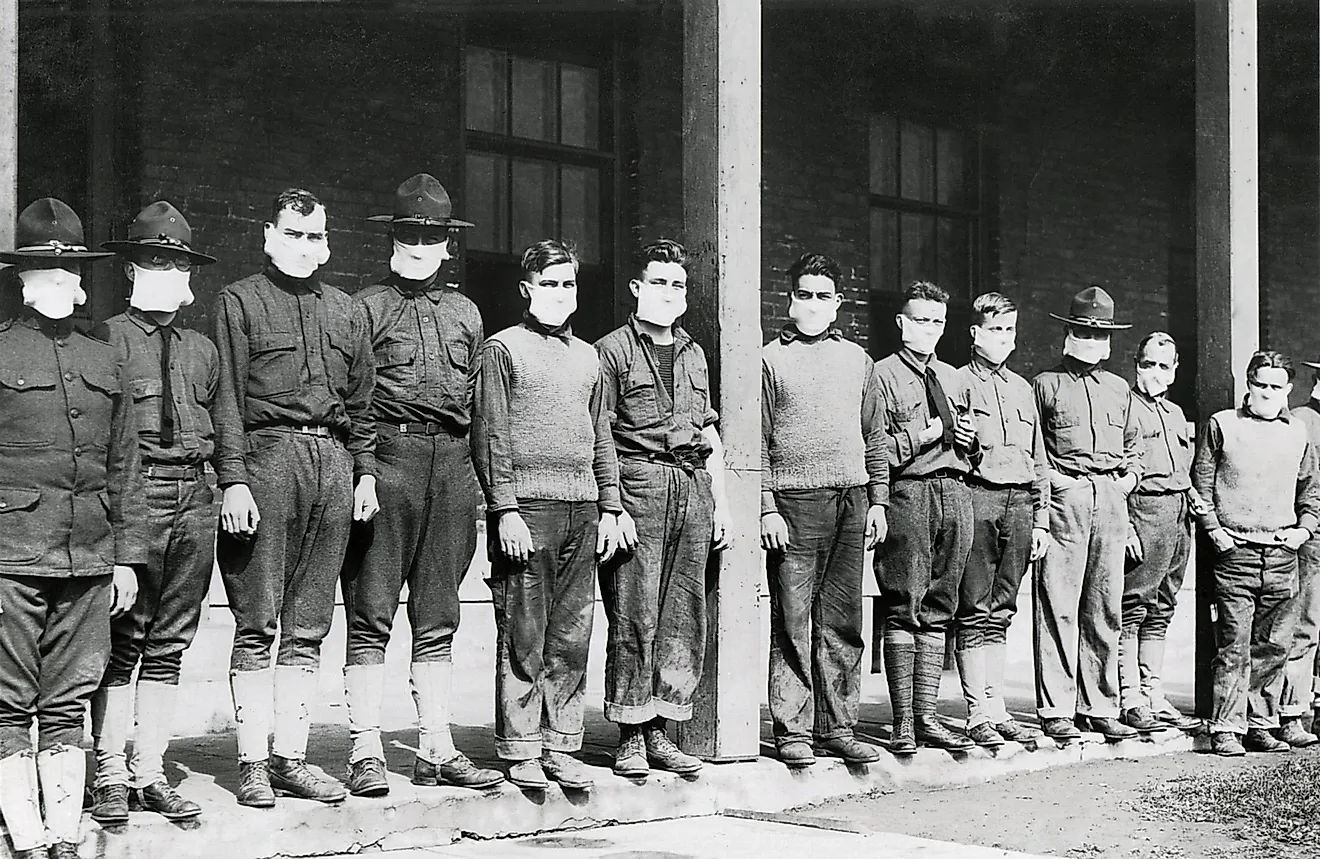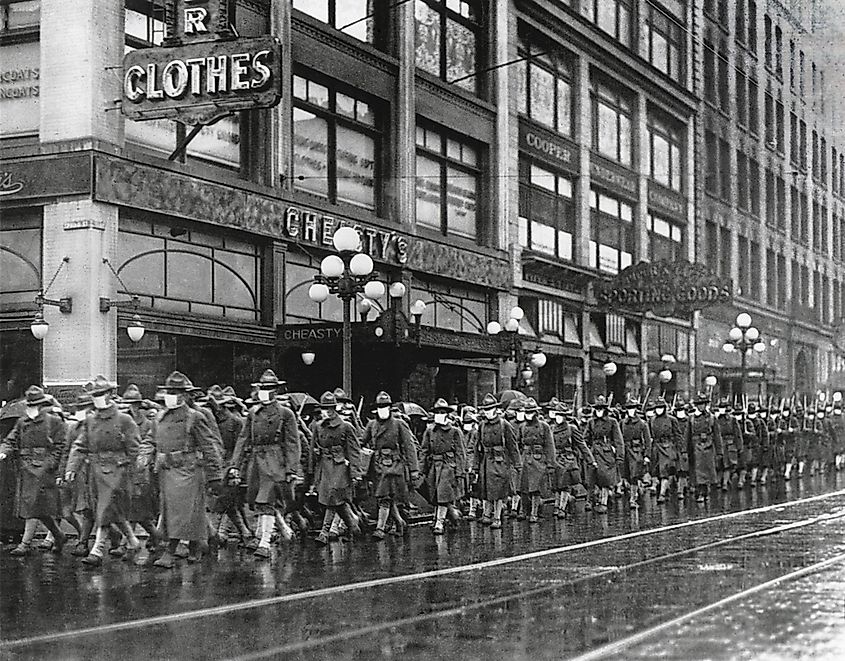What Is The Deadliest Pandemic In Human History?

- Spanish flu first appeared in 1918, leaving 500 million people around the world infected with the virus.
- The Spanish flu was caused by the H1N1 virus, that came down onto humans from birds.
- Currently, the COVID-19 virus is a pandemic going wild, already killing more than 3000 people worldwide.
The Spanish flu, caused by the H1N1 virus in 1918, was the deadliest pandemic in human history. In a matter of months since it first appeared, it affected the whole planet, leaving one-third of the entire population infected, and more than 50 million dead.
What Is A Pandemic?
First of all, a critical difference between a pandemic and an epidemic must be pointed out. Epidemics are usually confined into a small territory, and they affect only small groups of people. If a particular disease crosses international borders, this is called an outbreak. When that happens, the number of infected people drastically jumps in numbers, turning the situation into a pandemic. The origin of the word itself comes from old Greek, where ‘’pan’’ means everyone, and ‘’demos’’ means population.
Probably the first pandemic that was recognized as one happened in 430 BCE. After the Peloponnesian War, two-thirds of the population that were living in the areas of today’s Libya, Egypt and Greece, got sick and died. It is speculated how a type of typhoid fever was responsible for this pandemic. In the 20th century, a couple of pandemics happened, but one of them made the whole world sick.
The Influenza
The Spanish flu, the worst case of the influenza pandemic that ever happened, first occurred in 1918. Although it is not all clear about where the virus originated from, we know what caused it. The Spanish flu was of bird origin, and the virus got the name H1N1. However, it has nothing to do with Spain. Remember, it was the time when World War I was still ongoing, and Spain was one of the countries that did not get involved in the global conflict.

In March of 1918, this deadly, and up until then, an unrecognized virus, was found in soldiers that were located in Kansas, in one of the US military facilities. In only six months, one-third of the population on the planet was infected with the H1N1 virus. That means that around 500 million people got sick in a very short period. Worldwide, at least 50 million people died because of it, making the percentage of death as a result, staggeringly high.
Even The Most Healthy Got Sick
One thing that was so problematic about the Spanish flu is the fact that parts of the population that are usually the most healthy, also got sick. For people between 20 and 40 years of age, the mortality rate was quite high. It was also dangerous for children younger than 5, and the older generation above 65 years of age.
When the Spanish flu spread across the world, there was no way to control it. There was no vaccine, and antibiotics that deal with flu-associated problems practically did not exist. The only thing countries around the world could do was to insist on the quarantine of infected people, and adding certain limitations that applied when it came to public gatherings.
Today, we are probably staring down another pandemic with the appearance of the so-called coronavirus, or COVID-19, who is taking lives around the globe at this very moment.











